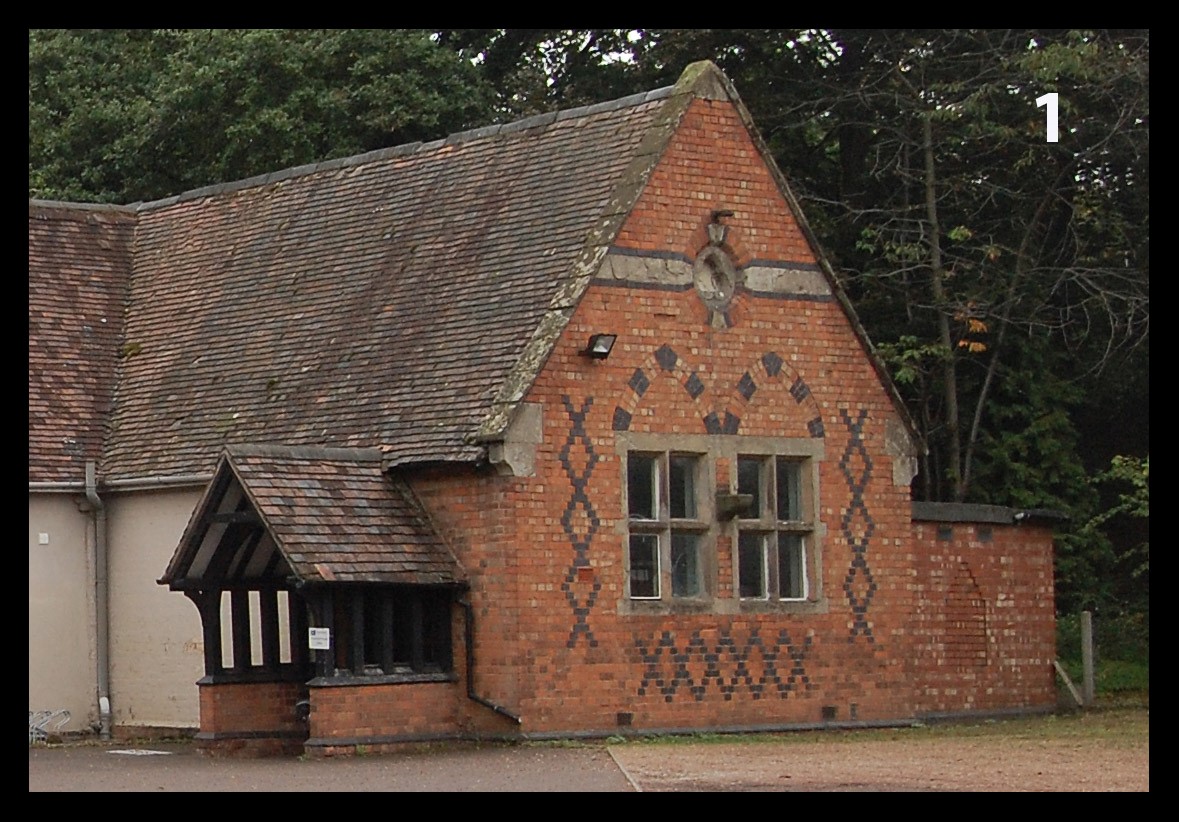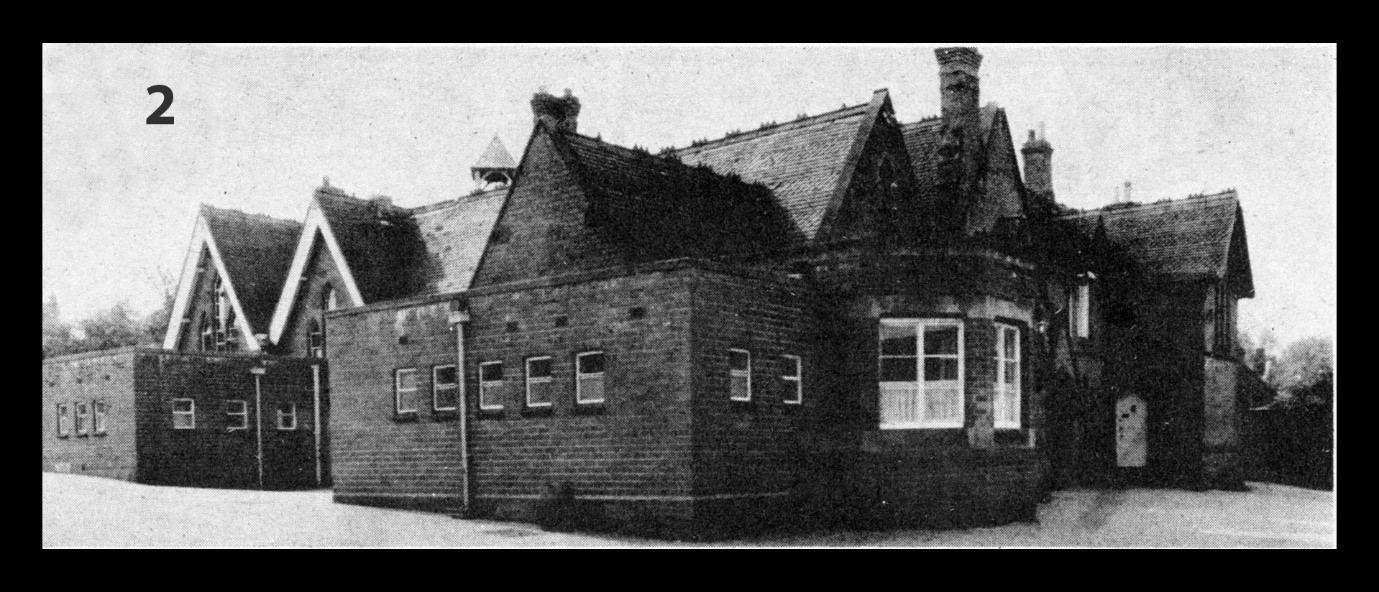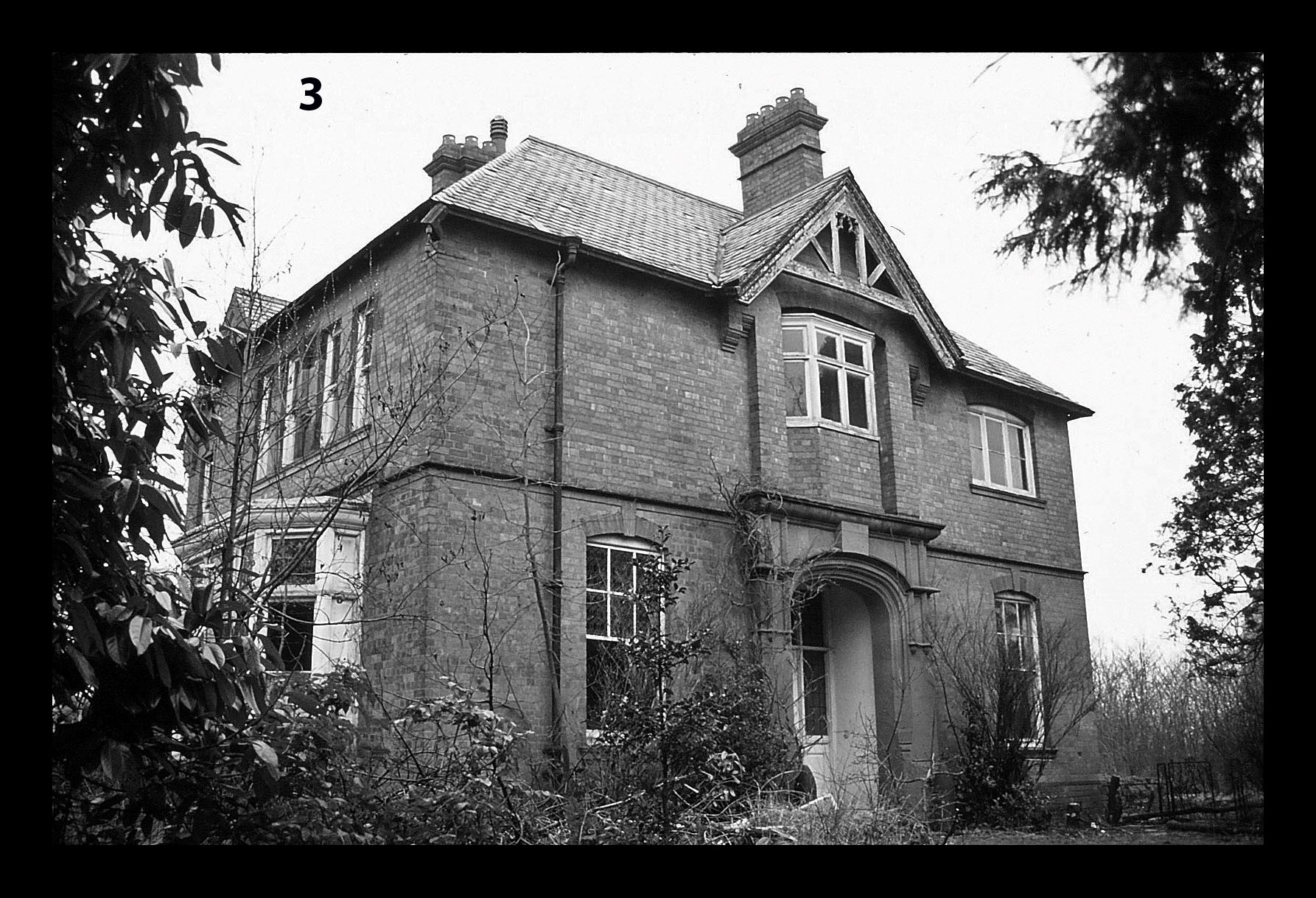Schools 16th may 2020
Paul Lewis and Richard Brooks asked about the history of schools in Kenilworth; as can be imagined this is a vast subject that can only be scratched upon in a 900-word facebook article, and so I shall just pick out some of the early highlights; perhaps a second article will follow.
If we start in the 1830s before education was compulsory, there were eight private schools in town. Education for Kenilworth’s children also included two long-lost institutions: Kenilworth’s workhouse was situated on the notable bend in Albion Street just beyond the junction with Spring Lane; by law the Workhouse had to give schooling to its children for 3 hours a day. In High Street was a Girls School of Industry; originating in the late 1700s, it was set up by charitable donations, and 30 children of paupers were taught mostly domestic skills. Both had closed by about 1840; the School of Industry became a furniture warehouse, and in the 1870s was converted to become the Convalescent Home.
In Borrowell Lane was the Edward’s charity school. Dr William Edwards died in 1723 and in his will gave provision for the building and continuation of a ‘FreeSchool for the children of this Parish’. It closed in about 1880, and the building became, and survives as, a residence.
There were many private schools. At 141 Warwick Road was one for boys run by Richard Adams. Annual fees were 20 guineas for pupils under ten years of age, and an extra 2 guineas for those over; in 1841 the school had 21 pupils aged between eight and fourteen. The Adams School was later taken on by Walter Parsons; he would later start the Kenilworth Advertiser, Kenilworth’s first newspaper. On the opposite side of the road, was a school for young gentlemen between the ages of four and ten run by Charlotte Richards. Her fees were 25 guineas per annum, and an extra 10s for washing. She admitted no more than twelve pupils ‘in order to secure select and respectable association’; this was a boarding school, and she advertised that each child had his own bed.
On Bridge Street, set back from the road, near its junction with Pepper Alley, was the National School, a two-storey brick building built in 1836, with mixed infants downstairs and junior girls upstairs.
Compulsory schooling was introduced in 1846; on 21st July that year, a meeting was held at the vicarage for the purpose of ‘considering the necessity of making some provision for the education of the boys of the lower class in the parish’. The outcome of this was in fact the building of a church for the poorest of the Parish as St Nicholas with its 886 seats could only accommodate 189 poor persons and so, opening in 1852, St Johns catered for the others, and a new parish was created in the process. In 1854, land alongside the church was bought to build a school for, ‘the children of the labouring, manufacturing and other poorer classes in the ecclesiastical district of St John’s.’ The money was raised by voluntary donations and the school opened in July 1855; it cost £700 and was built of red and blue bricks, the windows being cased with stone. The schoolroom was 48ft by 18ft, the adjoining classroom 18ft square, and this was to provide accommodation for between one and two hundred poor children. Church and school were designed by Manxman Ewan Christian, a much celebrated architect who would later design the National Portrait Gallery.
Possibly encouraged by the successful construction of the new school at St Johns, it was decided in late 1857 to replace the National Girls School building in Bridge Street with a new building; architect Henry Bradley was employed. The site chosen was just around the corner in Pepper Alley and the land was generously given by the Earl of Clarendon. The new school was in two parts; accommodation for the girls was 55ft by 18ft with a single classroom 15ft by 16ft, and the infant school was 36ft by 16ft with a classroom 16ft by 16ft. There was also a ‘commodious teacher’s residence’ and a large playground. The style was modern gothic and it was built of brick with Kenilworth stone dressings. It opened in the summer of 1860, and had a name change to St Nicholas School. The infant school was for the children of St Nicholas parish but the girls could come from St John’s as well. The building led to a name change for the road to School Lane.
The building left behind became Kenilworth’s Institute, then the town’s library, and today belongs to the Priory Theatre.
In 1874 there were no fewer than 10 private schools listed in Kenilworth.
St John’s school became very overcrowded; by mid-1879, there were 159 pupils, including 27 under-fives. ‘The crowded state of the rooms is a great drawback to the efficiency of the school’. Two new rooms were added, one was 18ft 6ins wide and 21ft long, a second was over 40ft long.
Although decreasing in number, private education was still provided as the 19th century closed. In Priory Road was the Kenilworth Boys College. It opened in 1894 and catered for both day pupils and boarders. Numbers who attended are undiscovered but about a dozen are mentioned by name for a 1906 display of their talents and work. Five of its Kenilworth pupils died in the Great War.
Waverley Road already had a private school for girls at Holmleigh, number 59, when early in the 20th century the road had two more; one was a boy’s preparatory school at Winterdyne, number 32, the other was a girl’s school started just 4 doors away in 1909 by Miss English at Abbotsford, number 24. The latter moved in 1917 to Bridge House on the Bridge Street / New Street corner, soon after the Great War Belgian refugees had moved out; the school of course kept its name.
And so St Johns School is 165 years old; St Nicholas can trace its roots back 184 years, and its name 160 years.
Much of this account comes from my own research published in Victorian Kenilworth & its People, and People & Places Volume 2. For a detailed insight I thoroughly recommend Kenilworth at School 1700-1914 by the late Joyce Powell.
Photographs:
1) A surviving piece of original 1855 brickwork of St Johns School (author)
2) St Nicholas, later Priorsfield, school in School Lane; photograph rediscovered by Sue Tall, KWN 10th September 1976
3) The Priory Road Boy’s College shortly before demolition, March 1984 (author)


